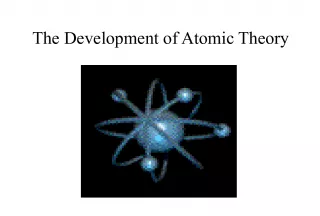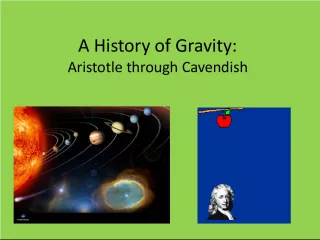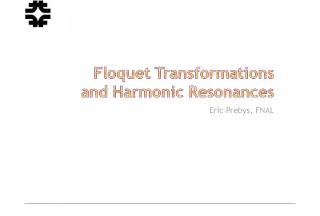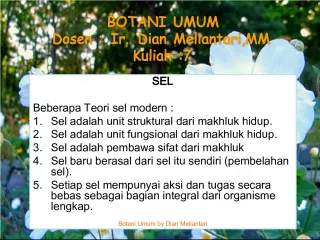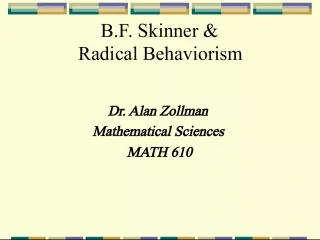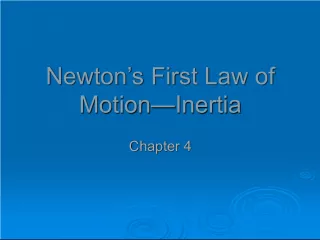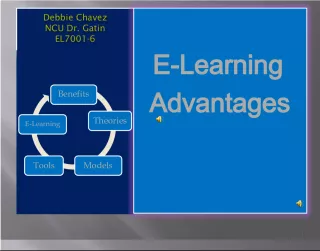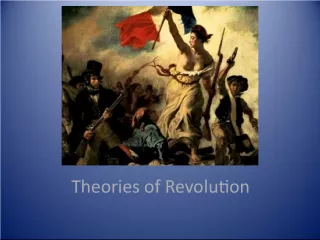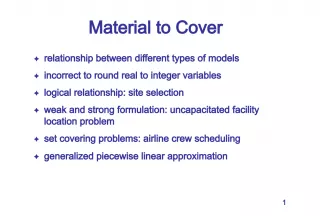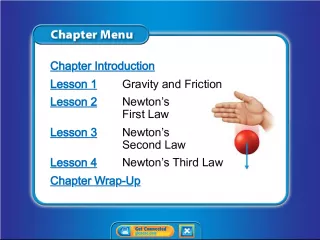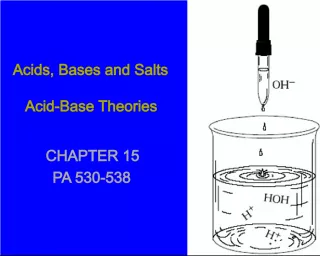Linear Motion Lift Theories and Requirements for Valid Theories


Theories of linear motion lift and the requirements for valid theories, including rational explanation of observed phenomena, ability to predict future observations, and production of numerical results. The generation of lift for a lifting airfoil is explained through the difference in pressure on the upper and lower surfaces and variation in surface static pressure.
- Uploaded on | 1 Views
-
 swathi
swathi
About Linear Motion Lift Theories and Requirements for Valid Theories
PowerPoint presentation about 'Linear Motion Lift Theories and Requirements for Valid Theories'. This presentation describes the topic on Theories of linear motion lift and the requirements for valid theories, including rational explanation of observed phenomena, ability to predict future observations, and production of numerical results. The generation of lift for a lifting airfoil is explained through the difference in pressure on the upper and lower surfaces and variation in surface static pressure.. The key topics included in this slideshow are . Download this presentation absolutely free.
Presentation Transcript
1. Linear Motion Lift Theories
7. Requirements for a Valid Theory 1) A valid theory is a rational explanation of observed phenomenon 2) A valid theory can be used to predict future observations 3) A valid theory produces numerical results
12. For a lifting airfoil, the average pressure on the upper surface is lower than the average pressure on lower surface. The difference in pressure produces the lift. Generation of Lift For a lifting airfoil, the surface static pressure varies from top to bottom and from front to back.
13. The ideal surface velocity varies from top to bottom and front to back. The surface of the foil is a streamline, so Bernoullis equation relates the surface velocity to surface pressure. When we include viscosity, the surface velocity is zero, but the local velocity varies at the boundary layer edge. Generation of Lift Why does the surface static pressure vary top to bottom and front to back?
14. The flow must follow the surface contour (or the edge of the boundary layer). Flow can not pass through the airfoil. What determines the values for the local surface velocity, and therefore the local surface pressure, and ultimately the amount of the lift? Generation of Lift Why does the surface velocity vary top to bottom and front to back?
15. What determines the values for the local surface velocity, and therefore the local surface pressure, and ultimately the amount of the lift? Generation of Lift The flow around the airfoil must satisfy the conservation laws: Conservation of mass (continuity) Conservation of momentum (2 or 3 components) Conservation of energy
17. Lift is Generated Uniform Flow + Doublet + Vortex Euler Equation Solution
18. Lift The Kutta Condition No Lift Mapped Uniform Flow + Doublet Mapped Uniform Flow + Doublet + Bound Vortex Bound Vortex Theory
19. Lift = L = V Uniform + Doublet + Bound Vortex Bound Vortex Theory Kutta-Joukowsky Theory Free stream velocity = V Vortex strength = Air density = Lift Coefficient Angle of Attack Theory correctly predicts slope of curve = 2 for thin airfoils V
20. Starting (Shed) Vortex
21. Prandtls Experimental Photo of Starting Vortex
22. Prandtl Lifting Line Theory Bound Vortex Tip Vortex Three dimensional version of Bound Vortex Theory A continuous line of bound vortices terminating at the wing tips with tip vortices that continue downstream to the starting vortex.
23. Photo of Tip Vortices


